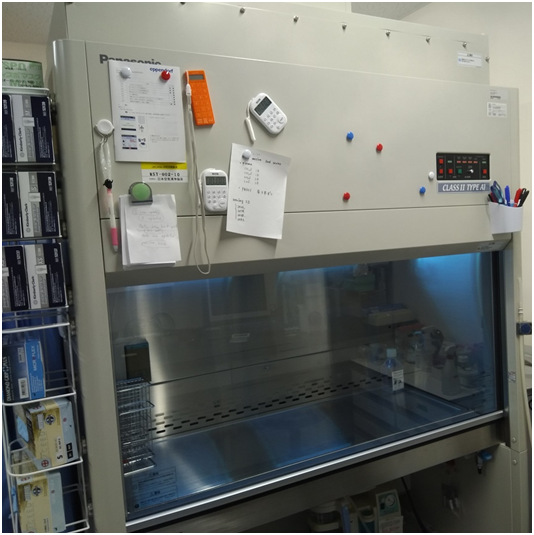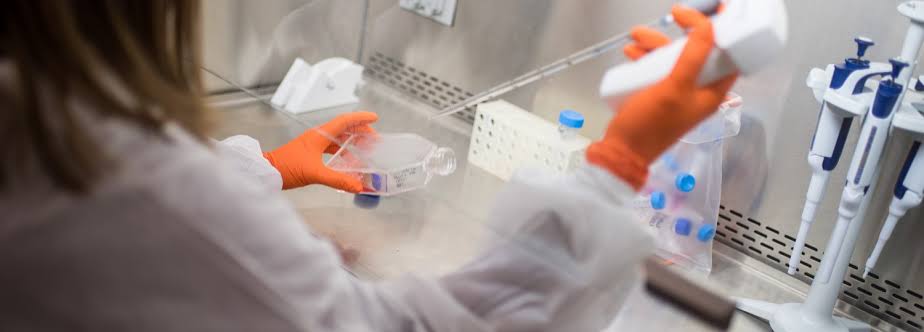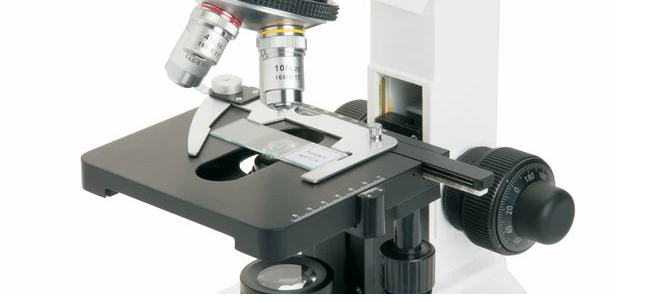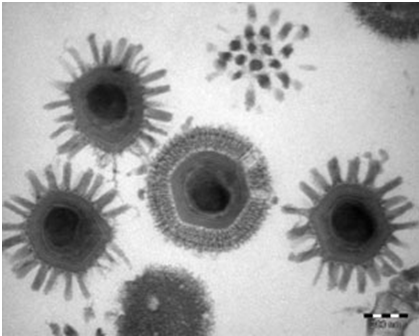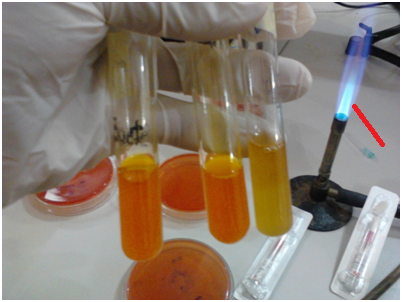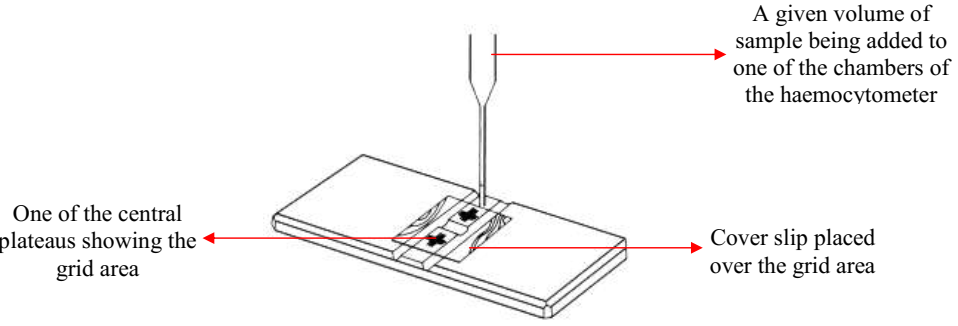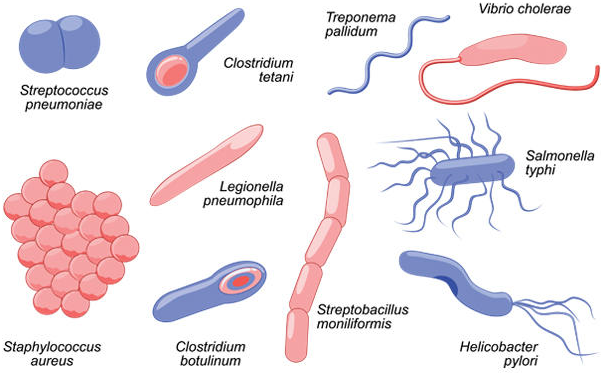LAMINAR FLOW BIOLOGICAL SAFETY CABINET
Laminar flow biological safety cabinet is an air filtration system which protects a laboratory worker from microorganisms or contamination by cells being handled within the cabinet. The laminar flow biological safety cabinet also protects the laboratory room or environment where the work is done from potential danger and aerosols emanating from harmful microorganisms. Work done […]
LAMINAR FLOW BIOLOGICAL SAFETY CABINET Read More »
Techniques in Microbiology Lab
